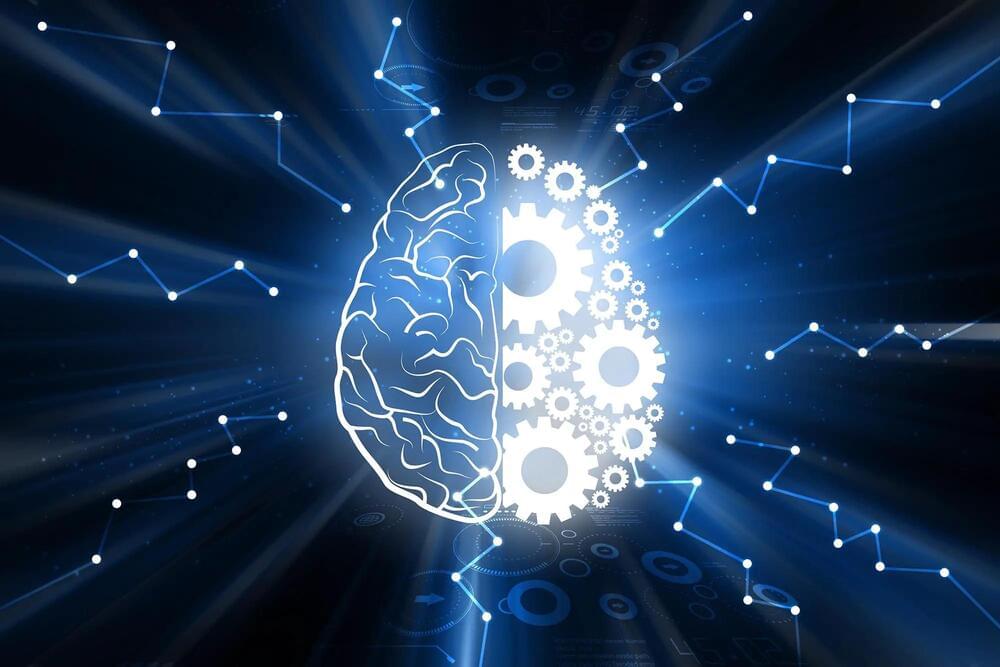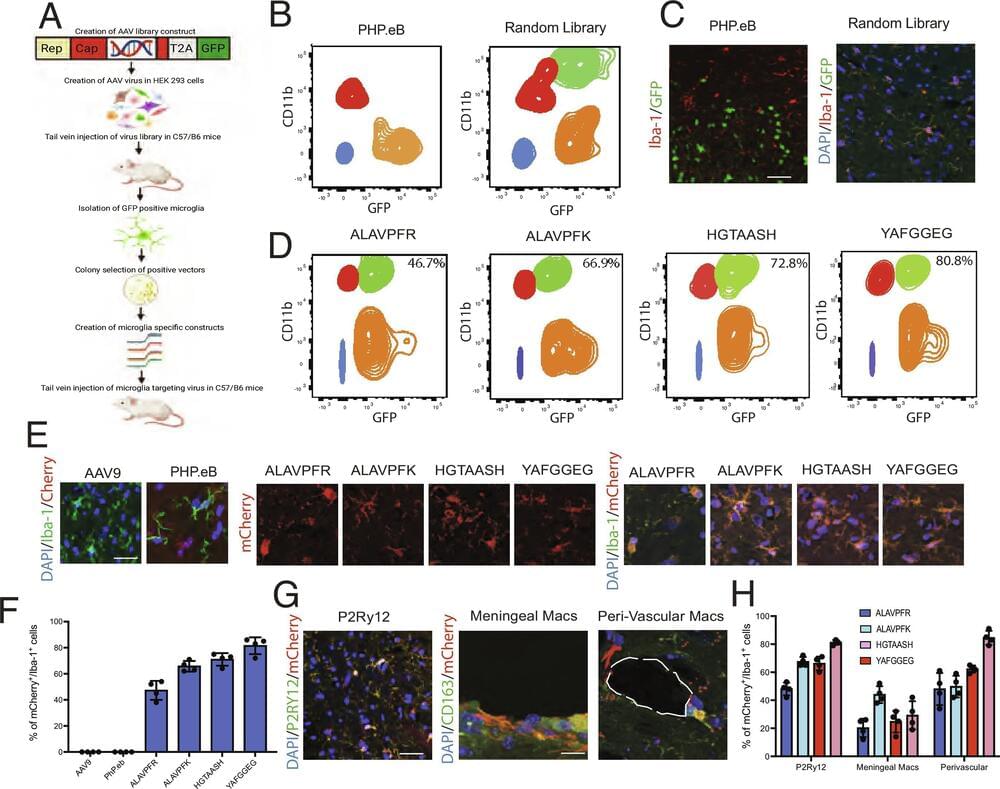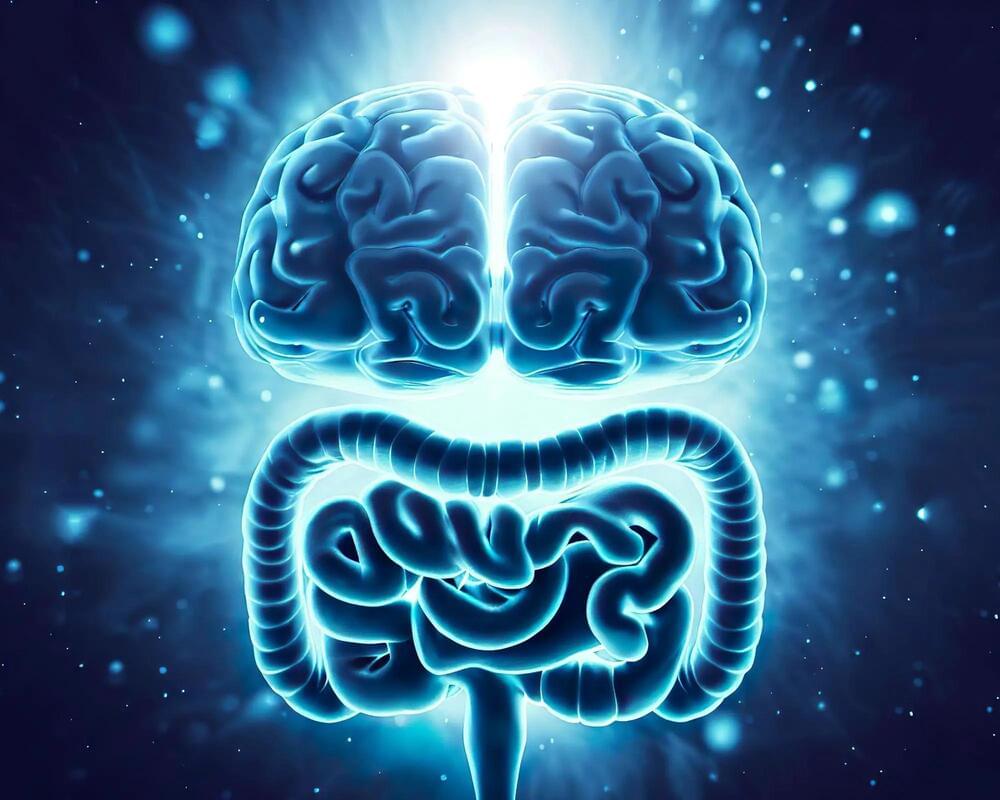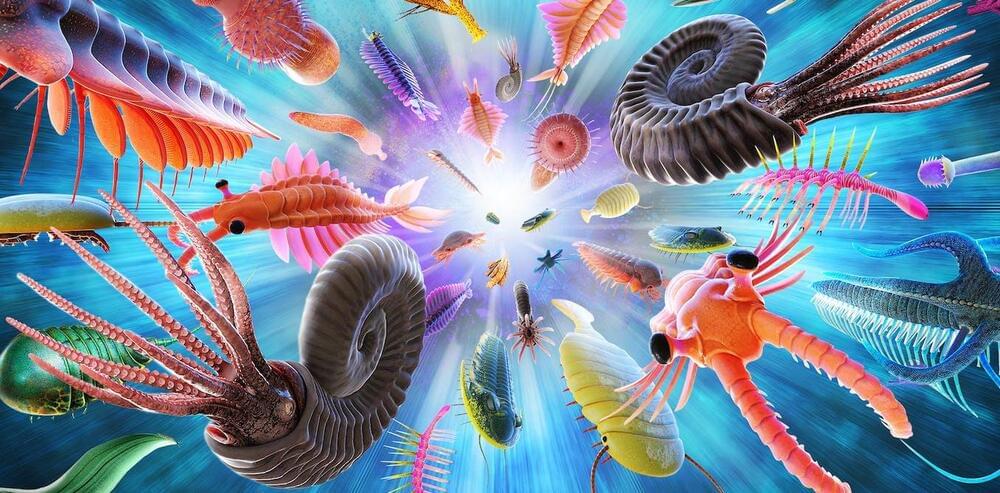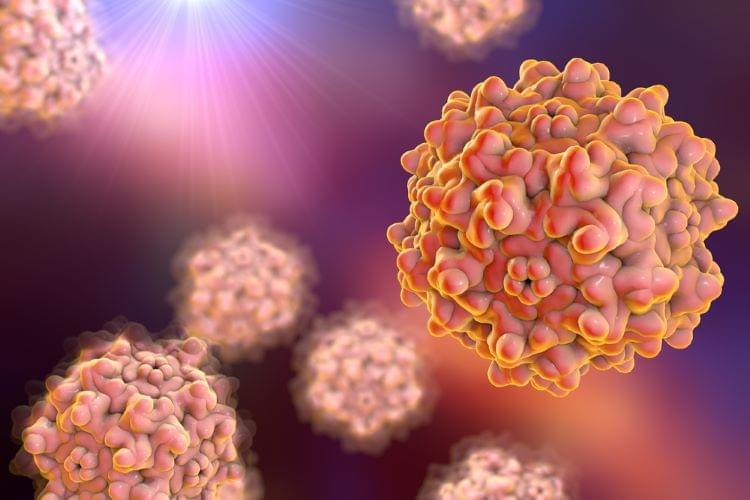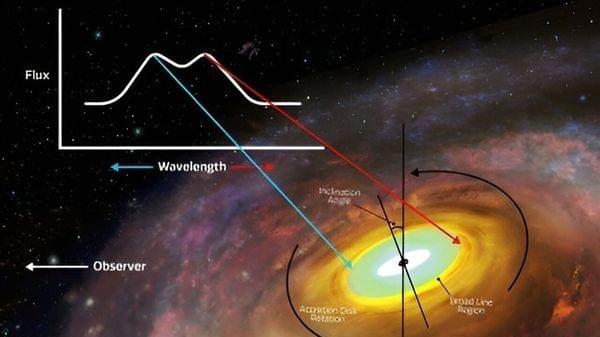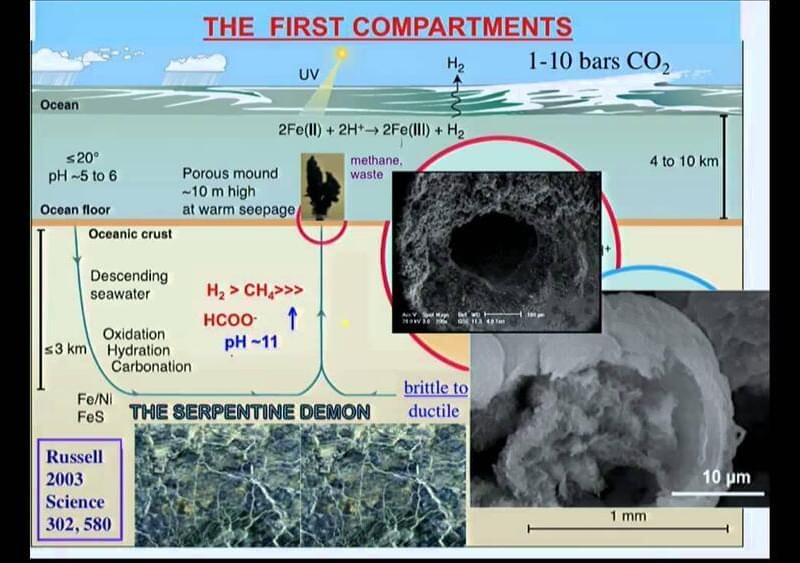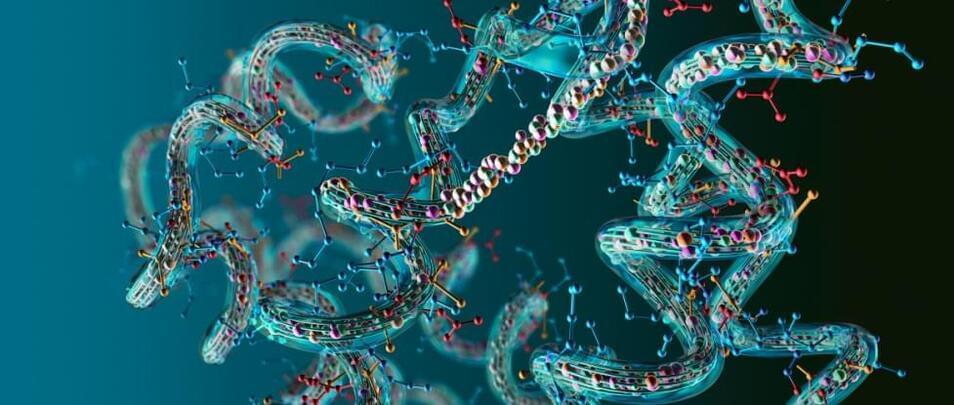Sep 16, 2023
Biological Masterpiece — Evolution Wired Human Brains To Act Like Supercomputers
Posted by Genevieve Klien in categories: biotech/medical, chemistry, evolution, neuroscience, supercomputing
Researchers have confirmed that human brains are naturally wired to perform advanced calculations, similar to e a high-powered computer, to make sense of the world through a process known as Bayesian inference.
In a recent study published in Nature Communications.
<em>Nature Communications</em> is a peer-reviewed, open-access, multidisciplinary, scientific journal published by Nature Portfolio. It covers the natural sciences, including physics, biology, chemistry, medicine, and earth sciences. It began publishing in 2010 and has editorial offices in London, Berlin, New York City, and Shanghai.
